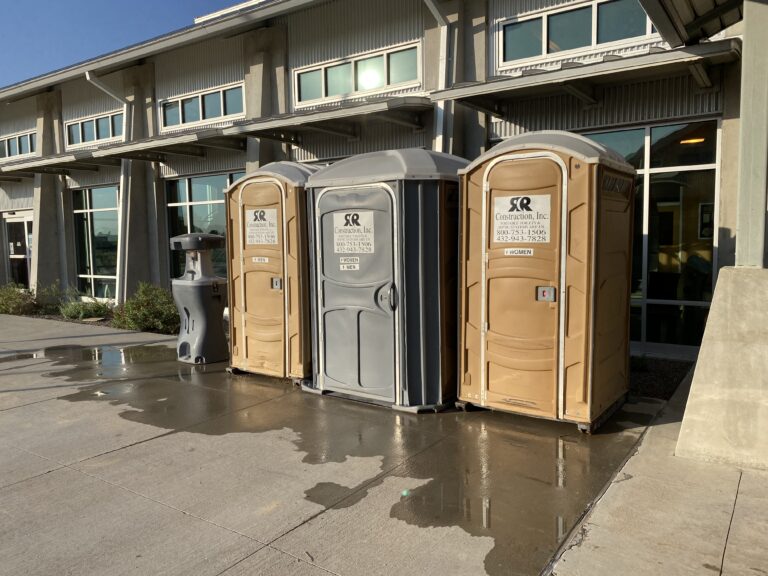Although still in use on quite a few rural and older properties, the issue of cesspool safety and environmental consequences is a rather hot topic of debate. Instead of a more advanced wastewater treatment system that allows the filtration and treatment of wastewater to modern systems, cesspits are designed to be nothing more than underground pits in which waste filters out into the native soils. Over time these native soils and groundwaters may develop several forms of contamination, which may include any form of water source proximal, hence public health. Unlike septic tanks that have filtration apparatuses, cesspits do not have them; hence they might add to seepage feeding harmful bacteria, viruses, and impurities into the environment.
Besides the environmental hazards associated with that, cesspools are also unsafe as a physical hazard if not well maintained. If ignored, a cesspool will develop structural weaknesses and might just cave in, posing a danger to humans and animals. Most places have phased them out for this reason or outlawed them, while local health laws usually have residents upgrade to better septic systems if possible or hook up where possible to municipal sewage lines, for safety reasons.
Homeowners must understand the limitations and risks of having and using a cesspool. Two key operations, routine inspection and regular maintenance, are required to minimize health risk and prevent environmental damage. Even if in some circumstances a cesspool is not that harmful, the technology carries some risk that means the more modern alternatives are much more practical and safe regarding their application in waste management over the long term.

